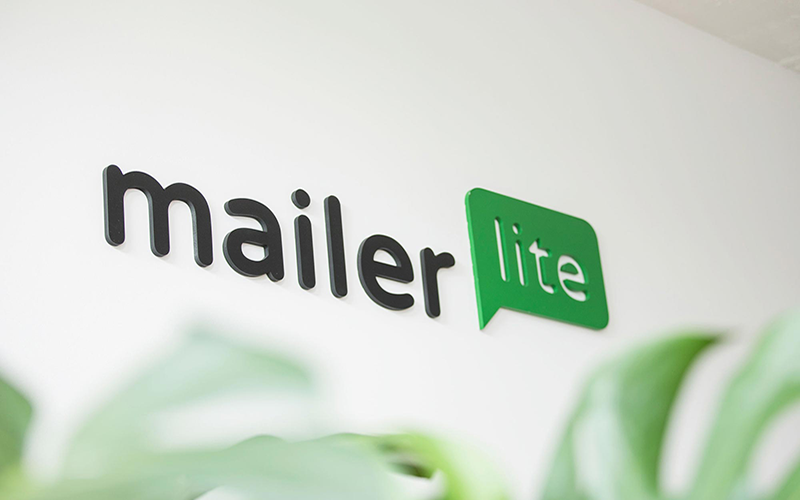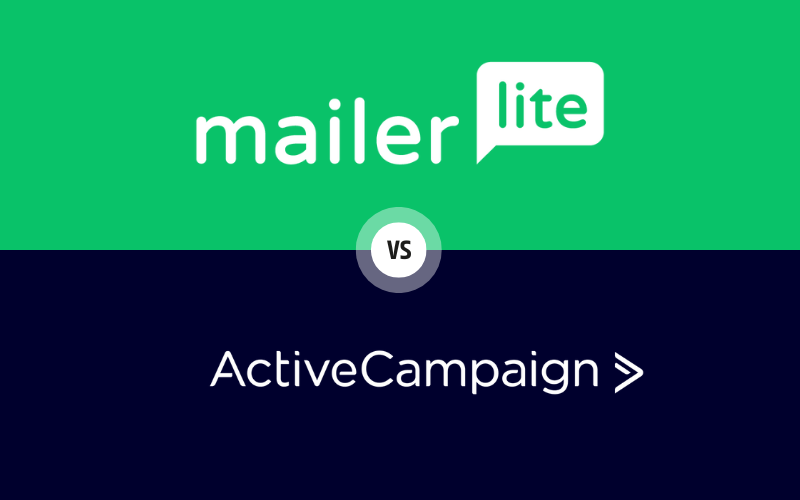Are you struggling to convert visitors into customers on your landing pages? Do you want to boost your sales and maximize your return on investment? Look no further! In this comprehensive guide, we’ll reveal the 7 most effective strategies for designing landing pages that convert like crazy.
1. Craft Compelling Headlines That Grab Attention
Your headline is the first thing visitors see when they land on your page, so it’s crucial to make it count. A compelling headline should:
- Clearly communicate the main benefit of your offer
- Create a sense of urgency or curiosity
- Be concise and easy to understand
For example, instead of a generic headline like “Sign Up for Our Newsletter,” try something more specific and benefit-driven like “Get Exclusive Tips to 10x Your Sales in 30 Days.
Actionable tip: Use power words like “exclusive,” “proven,” or “skyrocket” to make your headlines more impactful.
2. Use Persuasive Copy That Focuses on Benefits
Once you’ve grabbed your visitors’ attention with a strong headline, it’s time to keep them engaged with persuasive copy. Your copy should focus on the benefits of your product or service, rather than just listing features.
For example, instead of saying “Our software has advanced analytics,” say “Gain deep insights into your customers’ behavior and make data-driven decisions to boost your bottom line.
Actionable tip: Use the “so what?” test to ensure your copy is benefit-focused. For each feature, ask yourself “so what?” to uncover the real benefit for your customers.
3. Incorporate Strong Calls-to-Action (CTAs)
Your CTA is the most important element on your landing page – it’s what prompts visitors to take action. To create effective CTAs:
- Use action-oriented language like “Get Started” or “Claim Your Discount”
- Make them visually prominent with contrasting colors and ample whitespace
- Place them above the fold and repeat them throughout the page
For example, HubSpot uses a simple yet effective CTA on their landing pages: “Get Your Free Demo.” It’s clear, action-oriented, and impossible to miss.
Actionable tip: A/B test different CTA variations to see which one performs best. Even small changes like button color or copy can make a big difference.
4. Leverage Social Proof to Build Trust
Social proof is a powerful psychological principle that states people are more likely to take action if they see others doing the same. You can leverage social proof on your landing pages by:
- Displaying customer testimonials or reviews
- Showcasing trust badges or security seals
- Highlighting the number of customers or users you have
For example, Basecamp features glowing customer testimonials on their landing pages to build trust and credibility.
Actionable tip: Use photos or videos alongside your testimonials to make them more authentic and relatable.
5. Optimize for Mobile Users
With more than half of all web traffic coming from mobile devices, it’s essential to optimize your landing pages for mobile users. This means:
- Using a responsive design that adapts to different screen sizes
- Keeping your forms short and easy to fill out on mobile
- Ensuring your page loads quickly on mobile networks
For example, Uber’s landing pages are fully optimized for mobile, with a clean design, simple forms, and fast load times.
Actionable tip: Use Google’s Mobile-Friendly Test to see how your landing pages perform on mobile devices and get suggestions for improvement.
6. Keep Your Design Clean and Focused
A cluttered or confusing landing page can quickly turn visitors away. To keep your design clean and focused:
- Use ample whitespace to guide visitors’ attention
- Limit your form fields to only the essentials
- Remove navigation links that could distract visitors from converting
For example, Dropbox uses a minimalist design on their landing pages, with plenty of whitespace, simple graphics, and a single CTA.
Actionable tip: Apply the “squint test” to your landing page. Squint your eyes and see what elements stand out. If anything other than your headline and CTA is prominent, consider removing or de-emphasizing it.
7. Continuously Test and Optimize
Finally, the key to creating high-converting landing pages is to continuously test and optimize them over time. This means:
- Running A/B tests on different elements like headlines, CTAs, and images
- Analyzing your landing page analytics to identify areas for improvement
- Gathering feedback from customers and using it to inform your optimization efforts
For example, Electronic Arts ran an A/B test on their landing page and found that adding a video increased conversions by 46%.
Actionable tip: Start with big, bold tests that can lead to significant improvements, then gradually refine your pages with smaller tweaks.
Wrapping Up – Creating High-Converting Landing Pages
Creating high-converting landing pages is both an art and a science. By following these 7 proven strategies and actionable tips, you can design landing pages that not only look great but also drive real results for your business.
Remember to focus on crafting compelling headlines, writing persuasive copy, incorporating strong CTAs, leveraging social proof, optimizing for mobile, keeping your design clean, and continuously testing and optimizing.
Now go out there and create some landing pages that convert like crazy!
Are you ready to take your affiliate marketing to the next level? Click here to discover even more powerful online marketing tools that can skyrocket your earnings! From SEO and email marketing to social media and landing page optimization, I’ve compiled an in-depth guide featuring the top tools I personally use and recommend. Don’t miss out on this opportunity to streamline your efforts and boost your affiliate income – check it out now!



